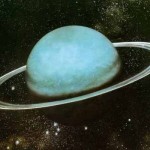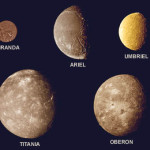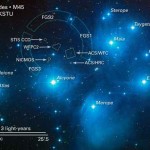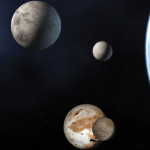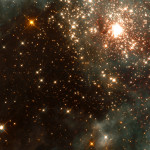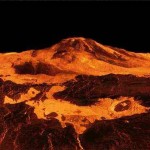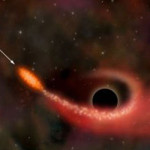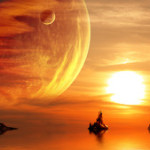While William Herschel officially discovered Uranus in 1781, he wasn’t the first to observe it. Others thought it was a star and Herschel himself called it a ‘comet’ before deciding that it was, in fact, a planet – and the first one discovered by telescope. Although Uranus can be seen from Earth with the naked …
Category Archive: Space
Moons of Uranus
Uranus has 13 rings and 27 moons, but we could continue to find more! Major moons: Miranda – The innermost and smallest of Uranus’s five major moons has a diameter of just 472km (290 miles). Ariel – The fourth-largest moon, Ariel also has the third-greatest mass. Voyager 2 imaged about 35 per cent of its …
Seven Sisters of the Pleiades
What makes this famous cluster of stars in the night sky so interesting? The Pleiades or Seven Sisters has been observed for millennia, with its proximity to Earth and large stars making it observable to the naked eye and also an important tool for astronomers. Over 1,000 stars are contained within the cluster, and its …
Eris Planet Facts
Mike Brown, an astronomer at the California Institute of Technology was the lead discoverer of Eris. He knew that this world was about the same size or larger than Pluto and he realized that he would be hailed as the discoverer of the tenth planet. However, he didn’t agree that Eris, or even Pluto, were big enough …
How to Star Hop
Finding your way around the sky when you are looking through binoculars or a telescope can be a nightmare, as you are looking at a very small part of the sky. If you’re searching for a particular object, a star cluster for example, it can seem nigh on impossible. But if you use a traditional …
Planet Hunting
Planet hunting is a very new and exciting field of astronomy. In fact, the first planet outside our solar system was not discovered until the mid-Nineties, as the telescopes and methods needed to find planets were simply not advanced enough before then. Today there are thousands of known planetary candidates and potentially trillions more In …













